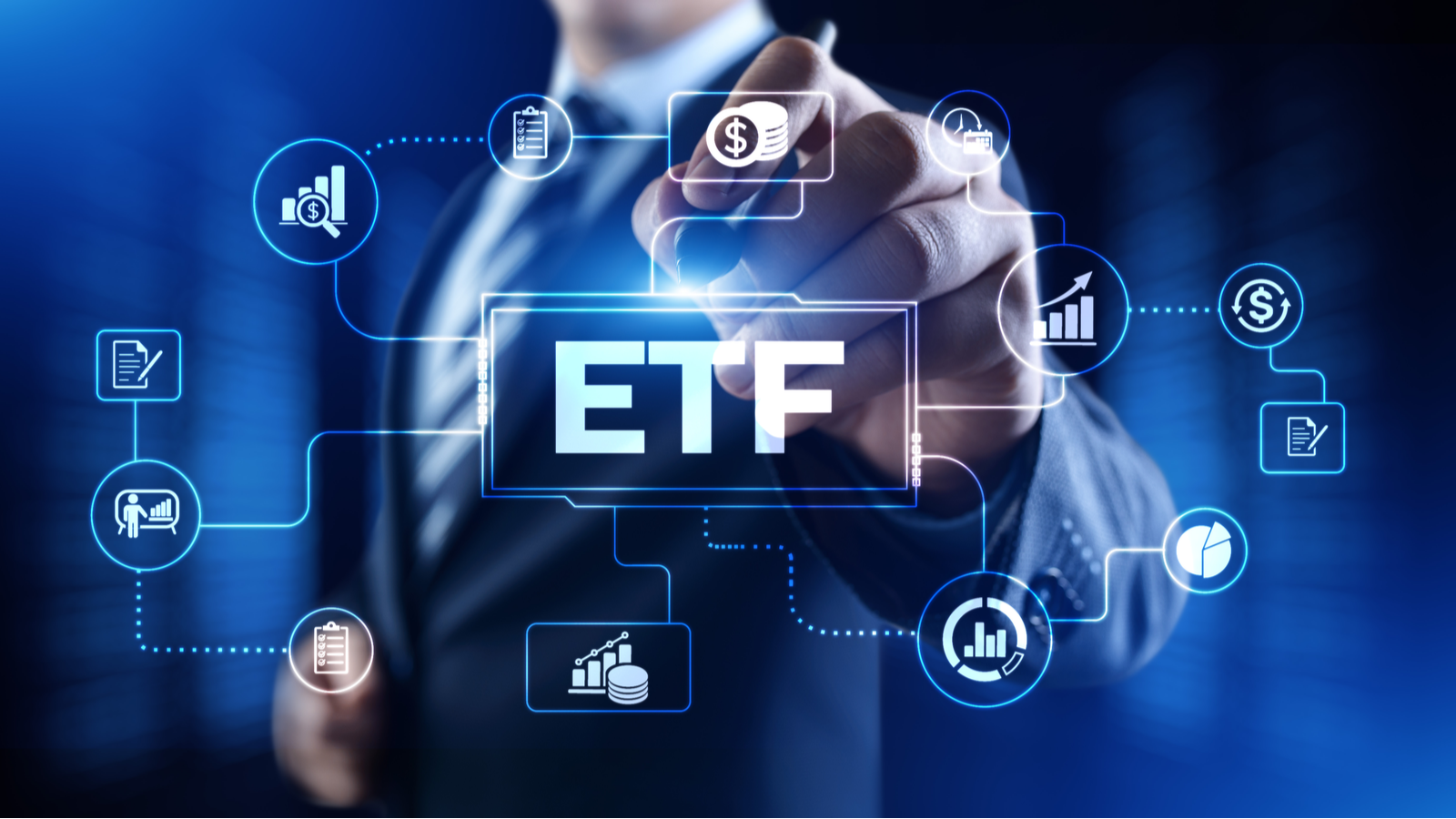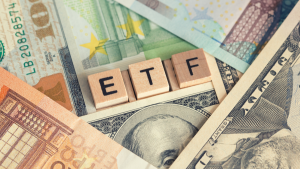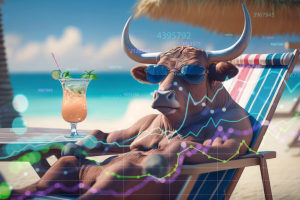
A recent article about ETFs to buy from Morningstar.com caught my attention for a few reasons.
First, Ryan Jackson, a manager research analyst for passive strategies for Morningstar, recommended highly rated ETFs that have struggled recently. That’s the buy-on-the-dip investment strategy — never a bad one.
Secondly, Jackson’s three choices made for an intriguing 3-ETF, 60/40 portfolio. Jackson didn’t talk about this angle; I just went with it.
You put 40% in the Invesco Total Return Bond ETF (NYSEARCA:GTO), 30% in the iShares Core S&P Small-Cap ETF (NYSEARCA:IJR), and 30% in the Vanguard Total International Stock ETF (NASDAQ:VXUS). I’m not sure about GTO, but I know I’ve recommended the other two in the past.
To make this an original piece, I will choose three different ETFs for my 3-stock, 60/40 portfolio that are also highly rated and ready to deliver life-changing returns for investors.
Here goes.
VanEck Dynamic High Income ETF (INC)

For the 40% bond portion of my 3-ETF portfolio, I’ve chosen the VanEck Dynamic High Income ETF (NYSEARCA:INC). This fund seeks to provide investors with high current income and capital appreciation. Open for just 19 months, it has accumulated just $805,000 in net assets.
Why INC?
The actively managed ETF charges 0.43%. It generates monthly income for shareholders, currently yielding 5.39%. So, it allocates assets to higher-yielding market segments while diversifying across a number of income-producing asset classes.
INC’s portfolio consists of 12 ETFs and U.S. Treasury Notes. Eight of the 12 ETFs are VanEck funds. The top holding by weight is the VanEck Fallen Angel High Yield Bond ETF (NASDAQ:ANGL), which accounts for 35.42% of the net assets.
Other ETFs include those focused on dividend stocks, preferred stocks, business development companies and even high-yield bonds in emerging markets.
Overall, the fixed-income component represents 53.3% of INC’s net assets, with the remainder in U.S. and non-U.S. equities and other assets.
In 2023, it generated a total return of 9.6%. Year-to-date, its total return is 3.3%.
Dimensional International Small Cap ETF (DFIS)

The Dimensional International Small Cap ETF (BATS:DFIS) is a switch from the three ETFs in the intro. I’ve taken small caps international, opting for U.S. stocks for the other 30% allocation for equities.
DFIS began in March 2022 and has grown to $1.8 billion in net assets in the two years since. The actively managed ETF invests in 3,354 small-cap stocks in 22 developed countries, including Japan (22.91% of net assets), the UK (14.17%) and Canada (10.74%).
The weighted average market cap of the holdings is $3.01 billion, with an aggregate price-to-book ratio of 1.39x and price-to-sales ratio of 0.70x. The top three sectors by weight are industrials (25.13%), consumer discretionary (12.94%) and materials (12.78%). The top 10 holdings represent only 3% of the portfolio.
Although actively managed, it charges just 0.39% or $39 per $10,000 invested and has a low % turnover rate of 10%.
Vanguard Total Stock Market ETF (VTI)

Vanguard Total Stock Market ETF (NYSEARCA:VTI) is a massive ETF with $375.1 billion in net assets.
Passively managed and launched in May 2001, it tracks the performance of the CRSP US Total Market Index, a collection of stocks with market caps across the spectrum from large companies such as Microsoft (NASDAQ:MSFT), the largest holding at 5.92%, to smaller companies like Flowers Foods (NYSE:FLO) at 0.01%.
The top three sectors by weight are technology (32.10%), consumer discretionary (14.10%) and industrials (13.10%). The top 10 holdings represent 28% of net assets. The fund’s turnover is minimal at 2.0%, which is how it charges just 0.03% in fees.
Although the median market cap is large, at $150 billion, it does own some mid-caps (21%) and small caps (8%).
Over the past five years, its annualized total return has been 14.42%, and year to date, it’s up more than 12%.
It’s a low-risk, low-fee way to play the U.S. markets.
On the date of publication, Will Ashworth did not have (either directly or indirectly) any positions in the securities mentioned in this article. The opinions expressed in this article are those of the writer, subject to the InvestorPlace.com Publishing Guidelines.






